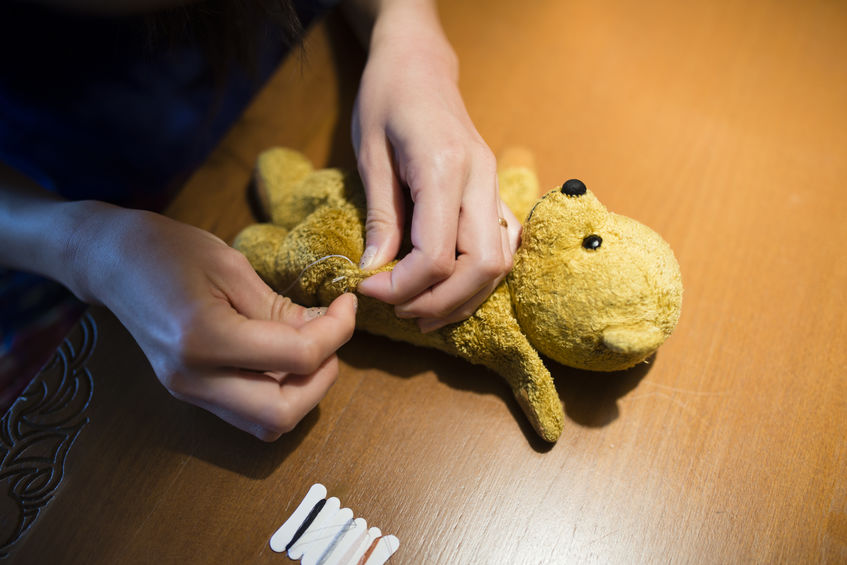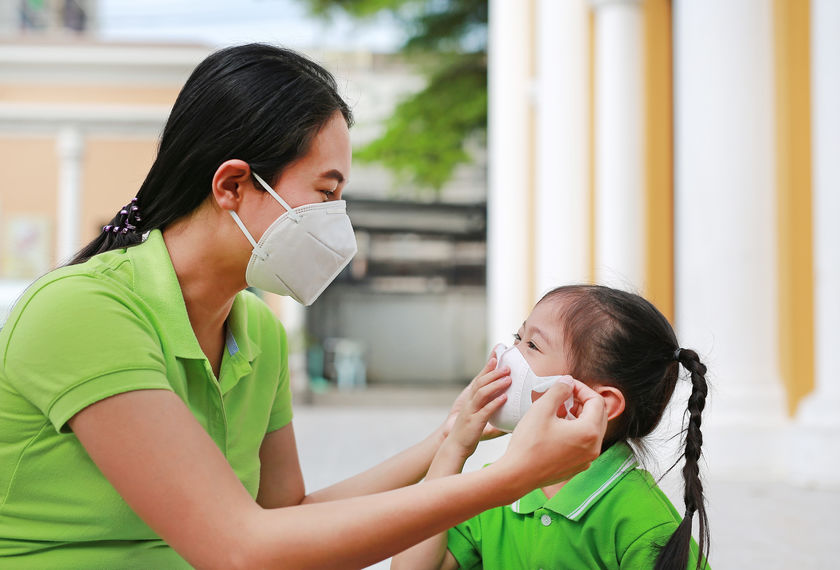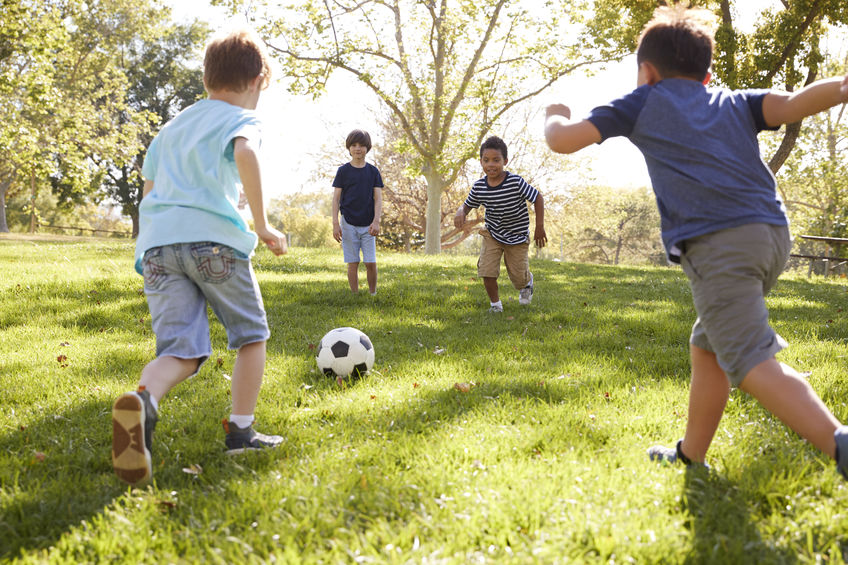
Our children’s stuffed animals go through a lot. They’ve been squished inside of a suitcase, dropped in a pile of mud, slept on during the night, and much, much more. While stuffed animals are hardy creatures, there will come a time when their stitches and seams begin to weaken or break all together. While some injuries are beyond repair, there are ways for you to get your child’s stuffed animal back to normal again.
Inspect the damaged part
Begin by inspecting the damaged part of the animal. Consider whether this is a simple fix you can do at home, or one that will require help. Often times, it’s easy enough to fix yourself, but for those who don’t know how to sew, there are repair shops, or “stuffed animal hospitals,” where a “sick or injured” stuffed animal can be “healed.”
Match the thread colors, content, and size
If you can do the repair work yourself, be sure to match appropriate thread colors, content and size. By using the right tools, you can replicate the original work, which will help maintain the integrity of the stuffed animal. Of course, to your child, just being able to hold their friend again might be all that matters, so to each their own when it comes to making repairs.
Replace the stuffing
If the animal has lost any stuffing while torn, be sure to replace it with a like fill. It will help the animal regain its original shape and keep the fabric in place. Even if no stuffing has been lost, if the well-loved stuffed animal is showing signs of stuffing shift, try to reposition it before you begin stitching or mending.
Fixing your child’s stuffed animal is often quick and easy, but there will come a time when that stuffed animal is beyond repair. When this happens, The Zoo Factory is here with plenty of stuffable animals that your child will adore. Look through our website to get started!




Recent Comments